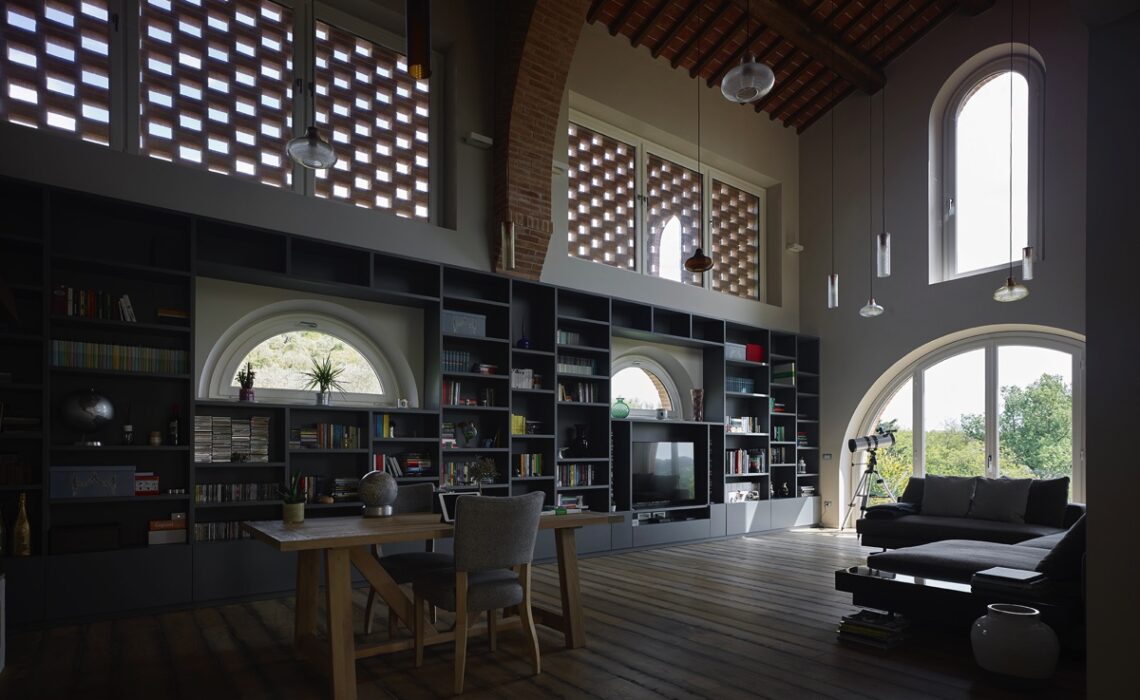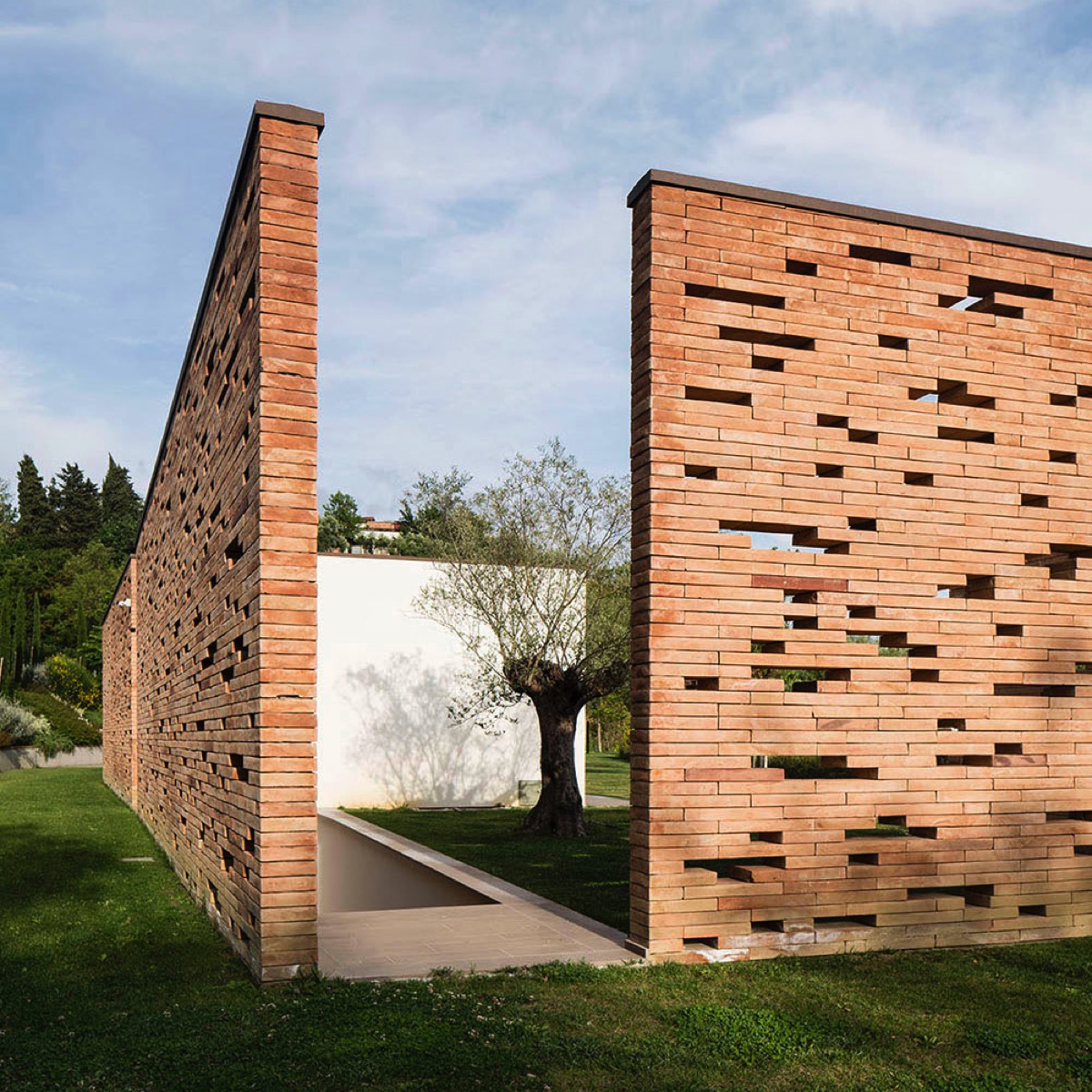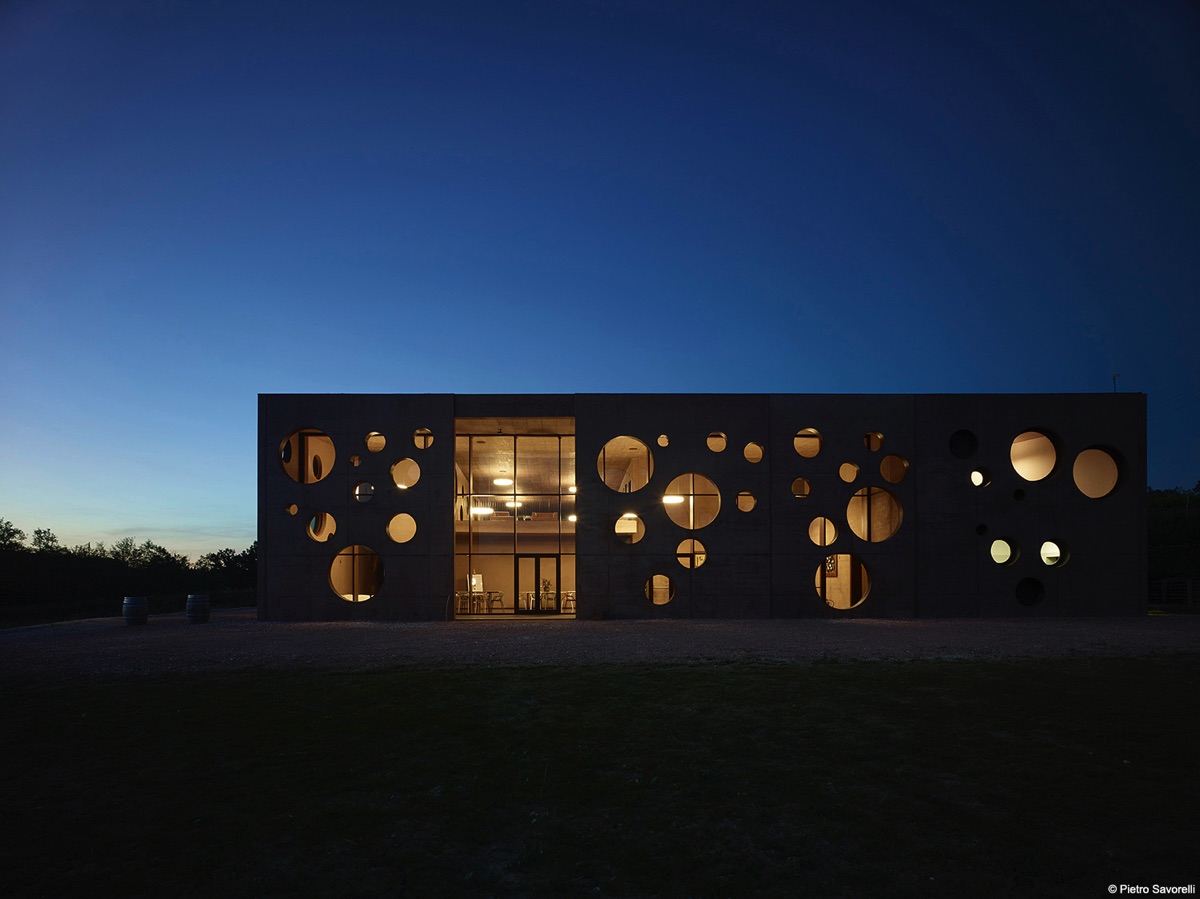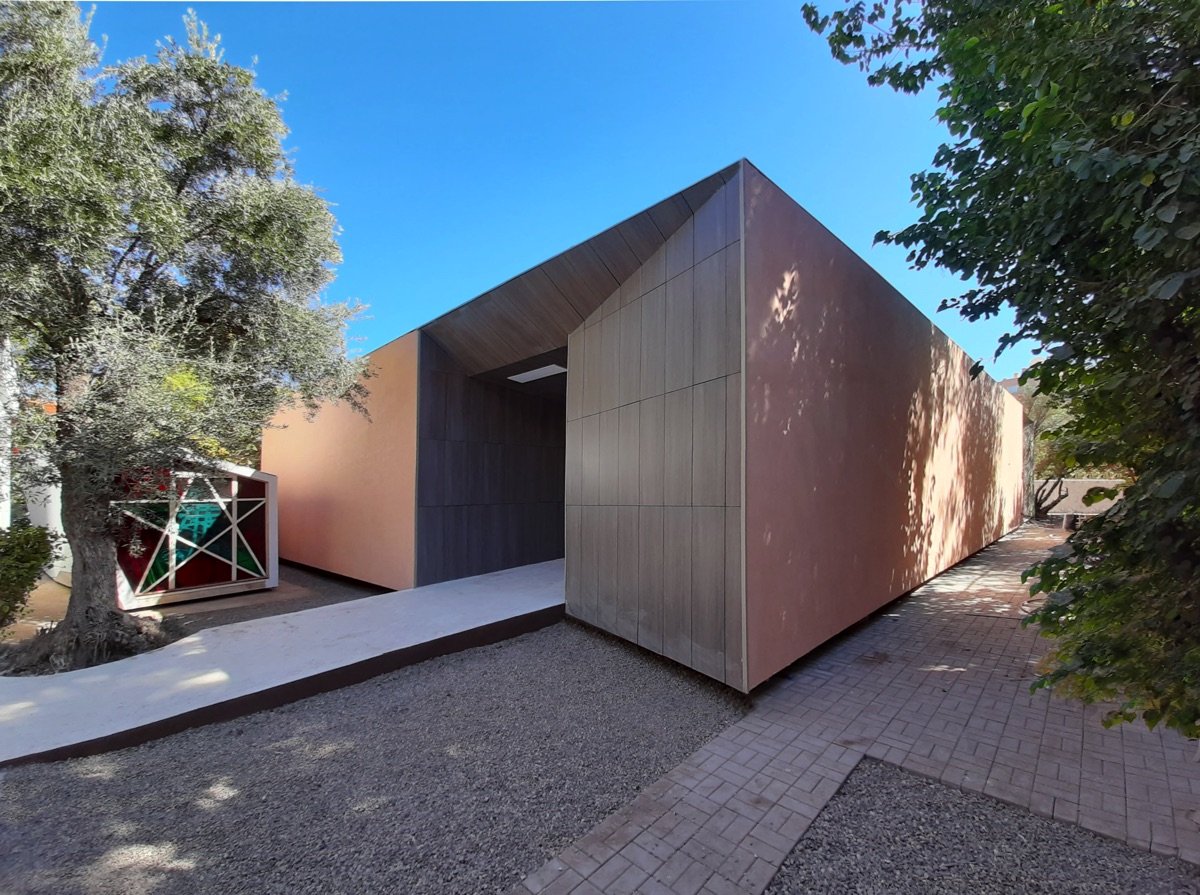
In the heart of the Mediterranean, among the splendid landscapes and ancient cities that shine with history and culture, we can discover Mediterranean architecture. As an architect in love with these lands and their traditions, I have often immersed myself in exploring the various facets of the Mediterranean architectural style, trying to grasp its essence and understand its deep roots. In this article, I would like to talk about the wonders of this architectural heritage, focusing on the contaminations that have occurred between the different countries and on the traditions that still permeate the modern architecture of these places, as well as, obviously, the projects created by my Studio.
The Roots of Mediterranean Architecture
Mediterranean architecture draws its origins from a mix of cultures and civilizations that have thrived along the coasts of this sea, from the Greek and Roman world to the Byzantine Empire, from the Arab era to the Renaissance period and beyond. The rich history has helped shape a unique architectural style, characterized by distinctive elements that reflect that identity and climate of the region. From my experience of living and working in Morocco, I have been able to understand how one of the distinctive features of Mediterranean architecture is the skillful use of local materials, such as earth, stone, wood and brick, which give the buildings a sensation of authenticity and belonging to the surrounding landscape. As in Marrakech, the visual identity of the town center is given by the natural colors chosen for the facades, we find the white ones of the typical houses of the Greek islands, or the terraced roofs of the Spanish coastal cities; these are just some examples of how architecture blends harmoniously with the natural environment, and how the various Mediterranean cities are united by an invisible thread of contamination and points in common. But in addition to the choice of materials, Mediterranean architecture is also distinguished by its spatial layout and its decorative elements. Traditional houses are often built around internal courtyards, which offer privacy and protection from the scorching sun, while small louver windows and shutters allow light and ventilation to be regulated within the buildings. The ornamental details, inspired by nature and religion, enrich the facades and interiors, giving them a timeless charm.
Contaminations and Influences
Mediterranean architecture, however, has not remained unchanged over the centuries. On the contrary, it has been constantly shaped by the external influences and cultural contaminations that have characterized the history of the region. Conquests and trade brought new idea and architectural styles, which mixed with local traditions, giving rise to hybrid forms and structures. A clear example of this fusion of styles is represented by the Moorish architecture present in Spain and southern Italy. Arab influences blend with European ones, giving life to buildings with complex geometries, rich decorations and internal courtyards, which testify to the passage and interaction of different cultures. Ottoman architecture has also left its mark on many coastal cities of the eastern Mediterranean, with its mosques, bazaars and Turkish baths integrating harmoniously into the urban fabric, creating a unique cultural landscape. But the contaminations are not limited only to foreign influences. Even within the same Mediterranean region, there are regional differences and variations that further enrich the architectural heritage. From the white houses of Santorini to the picturesque farms of Puglia, from the Algerian casbash to the fishing villages of the Portuguese coast, each place has its own story to tell through its architecture.
Traditions in Modern Architecture
Despite social, economic and technological changes, the traditions of Mediterranean architecture continue to influence the creations of modern architects. In coastal cities, you can still observe buildings that reinterpret the themes and elements of traditions architecture in a contemporary key, keeping the connection with the past and the territory alive. Ancient construction techniques are combined with innovative materials and cutting-edge design solutions, giving life to architectural works that combine tradition and modernity.

Furthermore, we are increasingly seeing projects that pay particular attention to environmental sustainability and respect for the territory. The use of recyclable materials, rainwater collection systems and energy saving technologies are just some example of how Mediterranean architecture is adapting to the challenges of the present, without losing sight of its roots.

In my projects in Italy and Morocco, there themes have always remained the basis of architectural research and production. Some of the most significant, in my opinion, are La cantina del Podere la Chiesa, The private home in San Miniato, as regards Tuscany, the Enam of Marrakech as regards Morocco, an expansion project carried out with an architect of the place, Karim El Achack.
